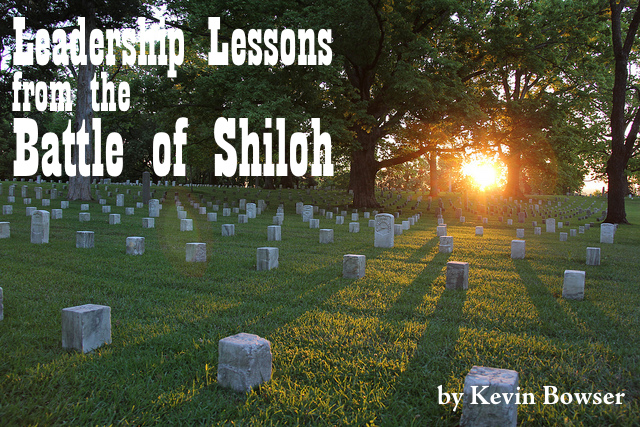Weak leaders naturally attract weak followers. That is my hypothesis. I am not sure if there has ever been an academic or scientific study to prove that hypothesis or not. But, it is clearly an observation that I have made over many years of observational study.
Why do you suppose that would be the case? And who is really attracted to who? Is it really that it is the weak leader that is attracted to weak followers?
My fear is that it may in reality be the weak leader that is attracted to weak followers. For it is in that setting that they can operate without much fear of any challenges to their leadership or true accountability for their actions.
I have not yet met a leader who would admit to being a weak leader. Often they will admit that they are not as strong as they would like to be. But they usually don’t admit to their weakness in this area.
According to Les McKeown of Inc. Magazine, “The problem comes when a weak leader masquerades as a strong leader. Outwardly, they appear effective, dependable, on top of things. But look closely at what they believe to be strong leadership and what you see is, in fact, a set of dangerous, destructive behaviors. Behaviors which will eventually strangle the organization.”
McKeown goes on to provide some typical behaviors of weak (or in his words, “ineffective”) leaders. I will not elaborate or comment on all of them. But I would offer my thoughts on how weak leaders interact with their followers.
Click here to read the rest of the article »











